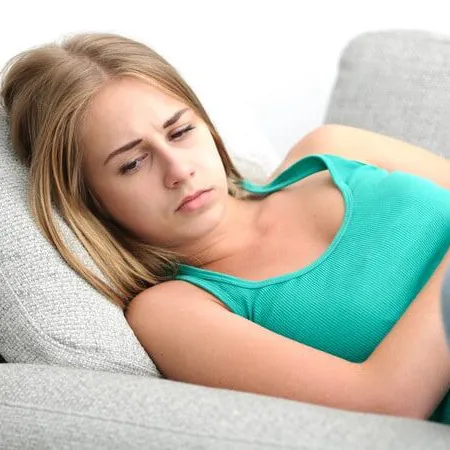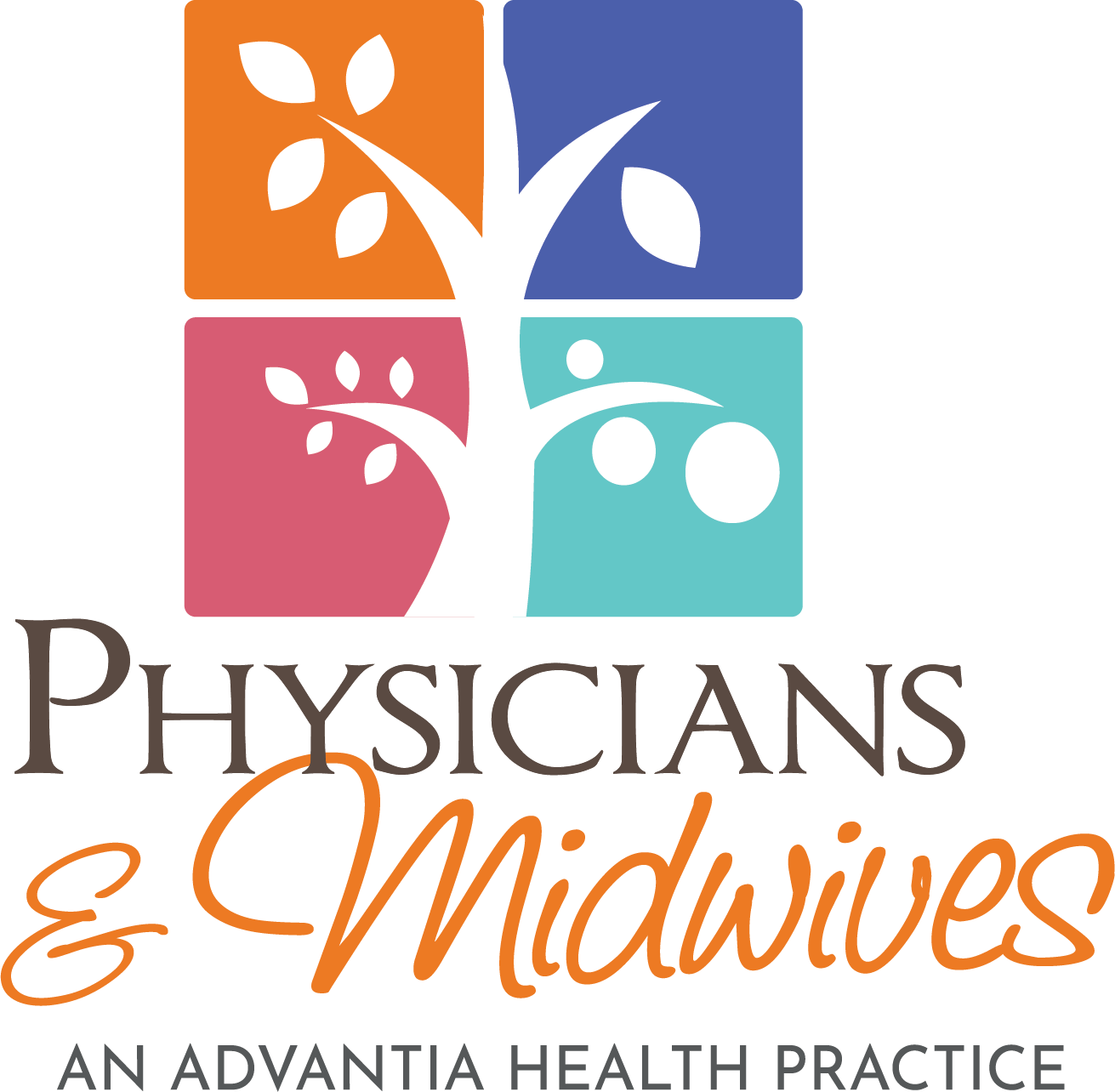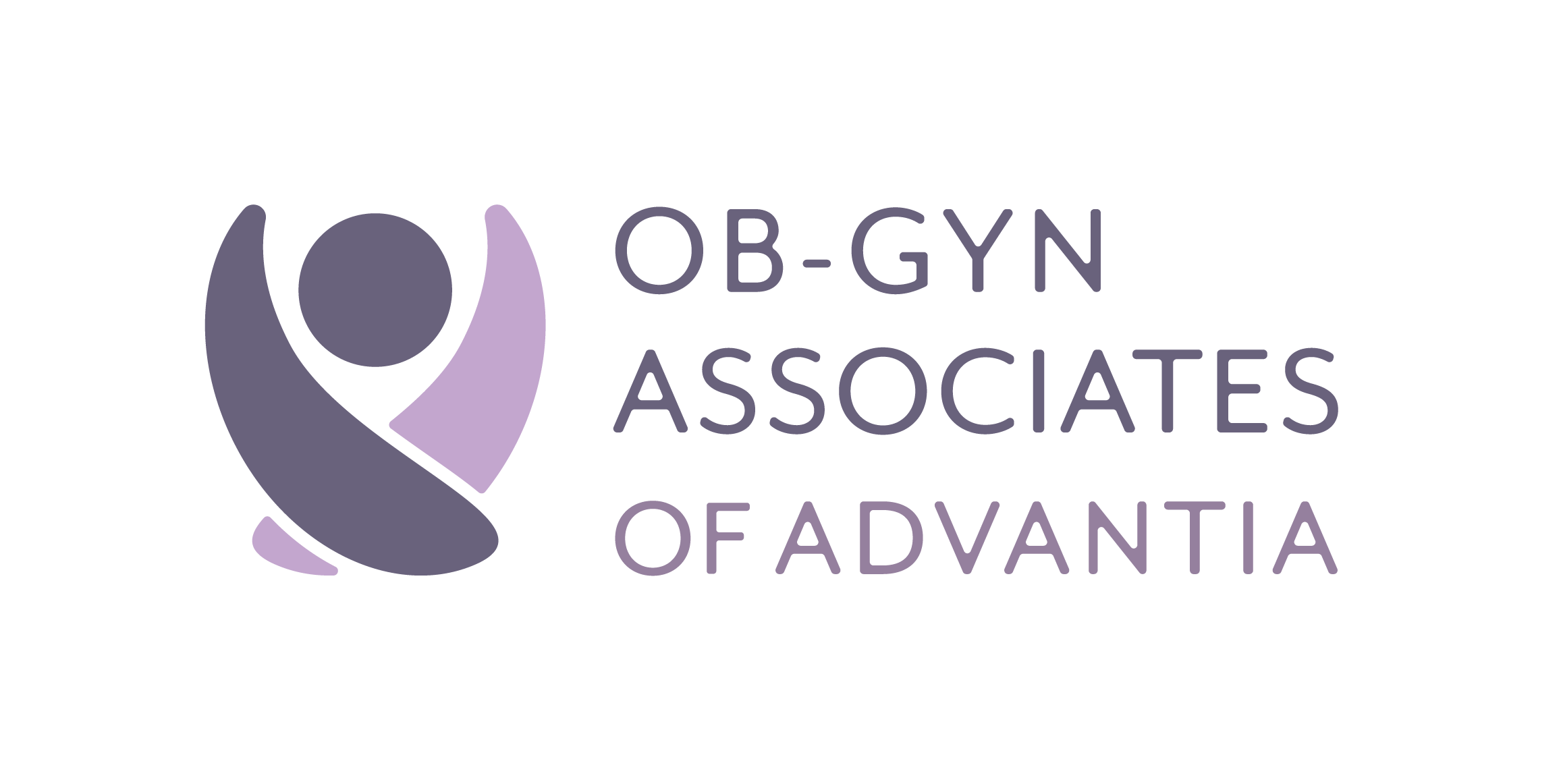
Published on: 19 September, 2016
Read Time: 8 min
Endometriosis carries the name because it comes from the term “endometrium”, which is the inner lining of the uterus. It occurs when tissue from the uterine lining implants outside the uterus but grows and acts like the uterine lining and sheds during the menstrual cycle.
Woman with endometriosis may present with infertility, heavy periods, painful periods, and abdominal pain. Endometriosis is generally considered a long lasting disease. Endometriotic “implants” can be found on the fallopian tubes, the intestines, the ovaries, or other organs inside the pelvis or lower abdomen.
If you have endometriosis, the implants build up with the regular endometrial tissue, and break down when you have your period. The pain you experience may begin just before the menstrual period (just like period cramping) and then bleeds when the normal endometrial lining sheds. If the implant grows in certain areas of the pelvis, you can have pain with exercise pain with bowel movements, and even pain with intercourse.
When you have endometriosis, the blood from the implants has no place to be eliminated from the body, unlike the menstrual flow, which exits the cervix and is expelled through the vagina. The endometriosis tissue can become swollen and inflamed. This can produce scarring of the tissues around the implants. The most common site for implants is on your ovaries, although other areas of the pelvis can have implants as well.
Many women with endometriosis have a mild case of the problem and may have no symptoms. When the endometriosis is mild, it may not need to be treated. If the endometriosis is more severe, you may need treatment for the dysmenorrhea (pain during menstrual bleeding) or for dyspareunia (painful intercourse. You may also have problems with infertility that require treatment.
Causes of Endometriosis
No one knows why endometriosis occurs, although there are several ideas. One idea is that blood with endometrial cells in it backs up into the fallopian tubes and exits into the pelvis instead of being passed through the cervix. The endometrial cells stick to the ovaries (or other pelvic tissues) and begin to grow and shed like the lining of the uterus during your period.
Some experts feel that the problem lies with the immune system. When the immune system doesn’t recognize this tissue as foreign, it is allowed to grow unchecked and implants can be anywhere in the pelvis. Still another idea is that the abdominal cells that were there in the embryonic tissue stay outside the uterus from the very beginning, becoming implants and to both grow and shed like normal endometrial tissue.
Endometriosis can also be hereditary. It has been found that endometriosis runs in families so, if you have a first degree relative (mother, siblings, or daughters) with the disease, you are more likely to develop the disease yourself. It may simply be a matter of genetics.
Risk factors for Endometriosis
There are reasons why some women get endometriosis and others don’t. Risk factors for endometriosis include the following:
- Abnormalities of the uterus
- Having a history of pelvic infections
- Having cervical stenosis, which makes it difficult for blood to pass during menses
- Having a first degree relative (mother, sibling, or daughter) with the disease
- Having had no children
Endometriosis is not a disease of young people and often develops many years after you have started having periods (also known as menarche). There is evidence that endometriosis improves significantly with pregnancy and menopause, unless you are on hormone replacement therapy for menopause.
Symptoms of Endometriosis
While many women with endometriosis have no symptoms, some can have serious symptoms that interfere with a woman’s quality of life. Typical symptoms of endometriosis include the following:
- Infertility
- Dyspareunia (pain with intercourse)
- Having heavy bleeding when having a period
- Having painful urination, particularly when you are having your period
- Pain with bowel movements (if the implants have landed on the colon)
- Extremely painful menstrual cramps
- Back pain or pelvic cramping when you are having your period
- Pain that improves with pregnancy
- Irregular periods
- Pain in the pelvis that lasts more than six months
- Abdominal bloating
You may have some, all, or none of these symptoms with endometriosis. It all depends on the location of the implants and the size of the implants.
Treatment of Endometriosis
Endometriosis has no cure but there is treatment that can be used for the infertility and pain which are so common in the disease. The treatment you receive depends upon how problematic your symptoms are and on whether or not you want to conceive a child. With pain alone, you may need to take hormones that decrease the estrogen level in your body. This may reduce the pain and will cause the implants to shrink.
If you are trying to get pregnant, you may have to have surgery to remove implants that are getting in the way of ovulating properly. You may also have to have treatment for infertility, such is in vitro fertilization (IVF) or intrauterine insemination (IUI). Some women need more than one type of treatment in order conceive.
Even if you have endometriosis, you may have not pain. Endometriosis may or may not worsen over time. It tends to get better in pregnancy and after menopause, when you are no longer bleeding into the pelvis. If you have minimal pain and don’t desire a pregnancy (or are nearing menopause), you may not need to have any treatment at all. It depends on how much pain you are having.
Surgery for Endometriosis
If hormone therapy fails or if the implants are affecting other organs in the pelvis, you may need to have surgery. Surgery can remove the implants and any scar tissue you may have. Surgery for endometriosis is usually done using a laparoscope, which means you won’t have large scars from the surgery. Laparoscopic removal of the implants can reduce your level of pain and can increase your chances of becoming pregnant.
If you don’t wish to become pregnant and if your pain is severe, you may elect to have a hysterectomy and oophorectomy (removal of the uterus and ovaries). While it may result in an early menopause, it may be worth it if you are having extreme pain.
Medications for Endometriosis
If you are having heavy bleeding or pelvic pain and aren’t desiring a pregnancy, you can use birth control pills and other forms of contraception, including the vaginal ring, IUD, hormones pills, or patches). You can also take nonsteroidal anti-inflammatory pain (NSAIDs) in order to manage your pelvic pain. Birth control pills usually shrink the size of the implants and decrease pain from bleeding but, if this does not work, you may need surgery or a stronger type of pain medication.
Infertility Treatment
If you are having a hard time getting pregnant, even after infertility surgery, you may wish to undergo IUI (intrauterine insemination) or in vitro fertilization (IVF), or you may wish to take fertility drugs to increase your chances of becoming pregnant. Talk to your doctor if you are trying to get pregnant and are not having success because of your endometriosis.
Complications of Endometriosis
There are several complications of endometriosis that you might want to consider if you have the disease. These include the following:
- Ovarian Cancer. There is a higher risk of developing ovarian cancer if you have endometriosis. While the lifetime risk of developing this type of cancer is extremely low and while the disease is often not detected until it is in its most advanced stages, you may want to have regular pelvic exams to check on the size of your ovaries.
- Endometriosis-Linked Adenocarcinoma. This is a rare type of uterine cancer that can occur among women with endometriosis, who have had endometriosis as a younger woman.
- Impairments in fertility is common with endometriosis. About 33-50 percent of women with endometriosis will have problems with infertility. In order to get pregnant, there must be a clear path from the ovaries to the fallopian tubes, where fertilization occurs. If there are implants on the ovaries or in the Fallopian tubes, you may have a problem with the patency of this pathway. The egg and sperm will not be able to come together to form a zygote (early pregnancy). Even so, it is possible for women who have milder degrees of endometriosis to get pregnant and have a healthy baby. This is why many doctors recommend that, if you are desiring to get pregnant, you do this as soon as possible as the endometriosis increases the chances of infertility as a woman ages.

Physicians and Midwives, an Advantia Health Practice
Physicians and Midwives is a unique collaborative practice you won’t find anywhere else. We have 5 offices for your convenience all across Northern Virginia, including Alexandria, North Arlington, Mt. Vernon, Kingstowne, and Woodbridge. If you would like to be listened to, as well as cared for, then look no further.





